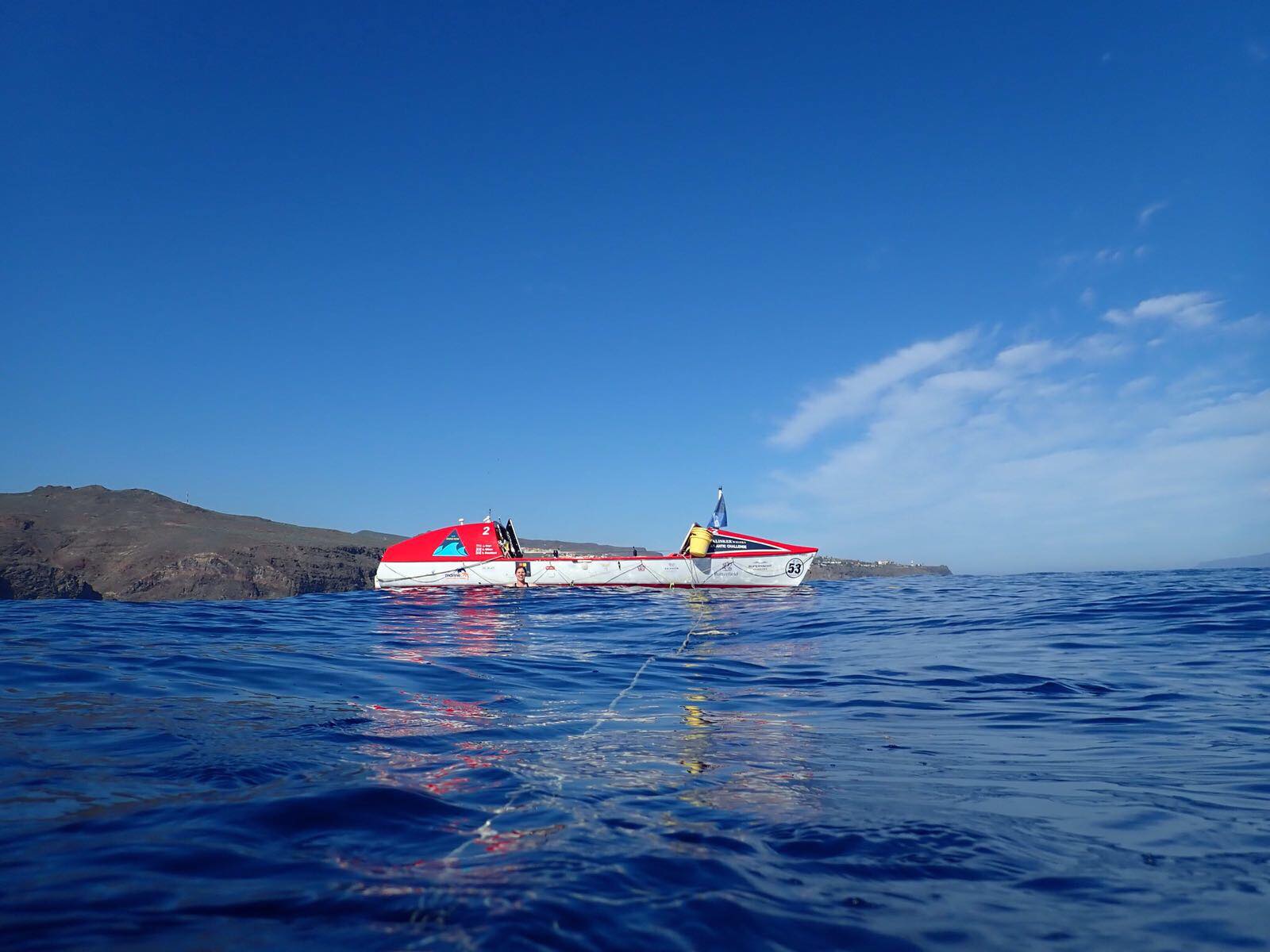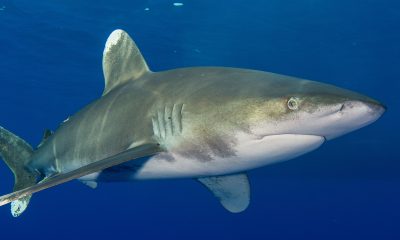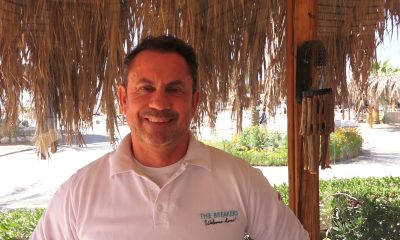News
Three women, a boat, the Atlantic and whole load of plastic
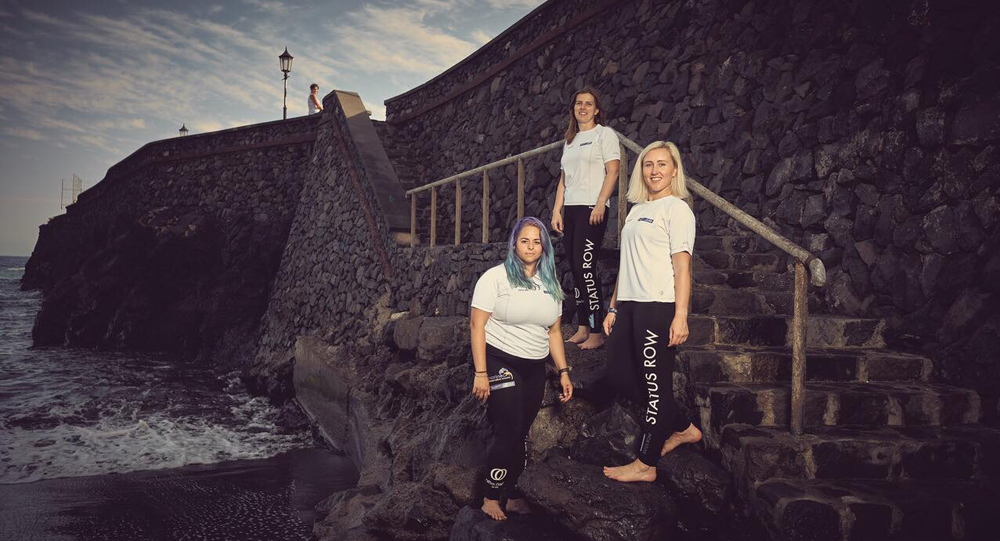
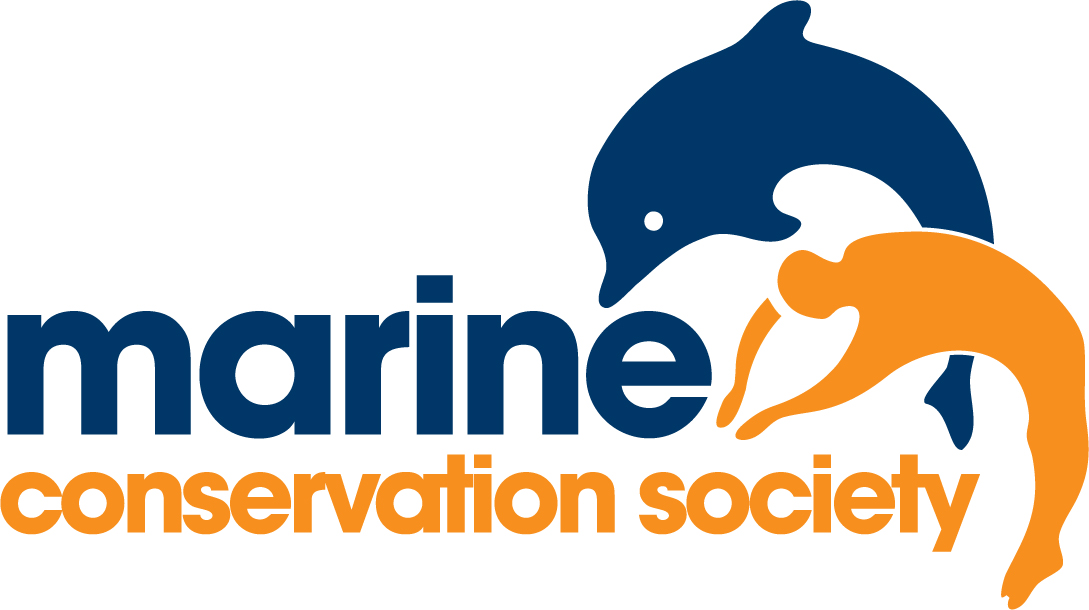 Trio with no rowing experience take on the world’s toughest row to increase awareness of plastic pollution and raise funds for Marine Conservation Society
Trio with no rowing experience take on the world’s toughest row to increase awareness of plastic pollution and raise funds for Marine Conservation Society
Three office workers, whose biggest daily challenge up until now has been crossing London at rush hour, are taking on the world’s toughest row, as they set off from La Gomera in the Canary Islands bound for Antigua. It’s a feat fewer people have completed than have climbed Everest and the all-female crew are tackling it with no previous rowing experience.
Susan Ronaldson (42), Caroline Wilson (31), and Jessica Rego (28) are one of 30 teams taking part in the Talisker Whisky Atlantic Challenge. The teams left the Canaries on December 12th and will arrive in Antigua in around 50 days’ time.
The trio, ‘Status Row’, are hoping to highlight the amount of plastic in the Atlantic as they row their boat, ‘Poppy’, 3,000 miles day and night for over seven weeks. The crew are also raising funds for the UK’s leading marine charity, the Marine Conservation Society (MCS), where Susan Ronaldson is a trustee.
Susan, from Essex, Caroline from Hackney and Jess, who’s originally from Bermuda but now living in East London, say preparing for the event has turned their urban lives upside down: “We all have full-time jobs, so in the evenings and weekends we’ve transformed into fundraisers, beach cleaners, public speakers, event organisers, social media fiends, logistic planners, first aiders, content writers and gym buffs. But we know it’s all going to be worth it.” said Susan.
Carrying all their food and supplies on board the 7m x 2m vessel, they’ll face 40ft waves, sleep deprivation, isolation, salt sores, and sharks. Before signing up to the challenge, the team said they’d not been on a rowing machine let alone a rowing boat, and all three have spent the last eight months building up strength and stamina with weights and improving endurance doing two hour-long sessions on an indoor rowing machine. Whilst at sea, the team will be burning between 6,000 – 8,000 calories a day!
Caroline Wilson says she feels an unbelievable sense of pride for everything they’ve achieved as a team to get this far: “We’re coming to the end of the first chapter in what’s going to be an almighty trilogy; I’m sad for this part to be over, but so excited to start the next. I’m most looking forward to experiencing something so unique, and really testing the limits of endurance. It’s such a privilege to be able to undertake this event and I’ll try not to forget that when that massive 40ft wave is fast approaching, which is the thing I’m least looking forward to! When people consider how difficult this challenge is going to be, it helps to put into perspective how seemingly hard is it to refuse a single-use plastic bottle.”
Susan Ronaldson says right now it almost doesn’t feel real: “Arriving at the start line I feel a mixture of excitement and anxiety. I’m most looking forward to being out with nature; sunrises, sunsets and hopefully, an array of wildlife. I’m least looking forward to the exhaustion, both mental and physical. There’s been lots of interest in our campaign to row an ocean, which has given us a platform to talk about how people can change their plastic habits and protect the environment, and it’s something that I plan to continue when I return home.”
Jess Rego says she’s feeling constantly stressed: “We’ve come so far, but there’s still a lot to be done before we take on the Atlantic. It’s all getting real now. I’m most looking forward to the simplicity of life at sea, after all the planning and preparation is done. I’m least looking forward to the chicken tikka! I hope that we can prove that everyone had the ability to do their apart to tackle a large challenge. We often stay that tackling plastic pollution is like rowing an ocean in that it’s one small action at a time. If every person following our race adopted one new habit to cut down on their plastic pollution, I would see that as a major win.”
Sandy Luk, MCS Chief Executive Officer, says: “The challenge our trustee Susan, along with Jess and Caroline, is about to embark on is simply enormous. Everyone at MCS is in total awe of what they’re about to undertake. They are all so passionate about raising the profile of ocean litter. And what better way to do it than by rowing through the pollution. Sadly, we know they will see all too much plastic and other debris as they row from the Canaries to Antigua. However, their first-hand knowledge will be invaluable, and we look forward to working with the team to further raise the profile of the crisis our oceans are facing when they return to the UK.”
Team Status Row left San Sebastián in La Gomera, off Tenerife, on December 12th, with up to 30 other teams from around the world.
You can support them by making a donation here – https://uk.virginmoneygiving.
Blogs
Northern Red Sea Reefs and Wrecks Trip Report, Part 2: Wall to Wall Wrecks

Jake Davies boards Ghazala Explorer for an unforgettable Red Sea diving experience…
The second day’s diving was a day full of wreck diving at Abu Nuhas, which included the Chrisoula K, Carnatic, and Ghiannis D. The first dive of the day was onto the Chrisoula K, also known as the wreck of tiles. The 98m vessel remains largely intact where she was loaded with tiles which can be seen throughout the hold. The stern sits at 26m and the bow just below the surface. One of the highlights of the wreck is heading inside and seeing the workroom where the machinery used for cutting the tiles are perfectly intact. The bow provided some relaxing scenery as the bright sunlight highlighted the colours of the soft coral reef and the many reef fish.

Following breakfast, we then headed to the next wreck, which was the Carnatic. The Carnatic is an 89.9m sail steamer vessel that was built in Britain back in 1862. She ran aground on the reef back in 1869 and remains at 27m. At the time, she was carrying a range of items, including 40,000 sterling in gold. An impressive wreck where much of the superstructure remains, and the two large masts lay on the seafloor. The wooden ribs of the hull provide structures for lots of soft corals, and into the stern section, the light beams through, bouncing off the large shoals of glass fish that can be found using the structure as shelter from the larger predators that are found outside of the wreck.

The final wreck at Abu Nuhas was the Ghiannis D, originally called ‘Shoyo Maru,’ which was 99.5m long and built in Japan back in 1969 before becoming a Greek-registered cargo ship in 1980. The ship then ran aground on the reef on April 19th, 1983, and now sits at the bottom at a depth of 27m. Heading down the line, the stern of the ship remains in good condition compared to the rest of the hull. The highlight of the wreck, though, is heading into the stern section and down the flights of stairs to enter the engine room, which remains in good condition and is definitely worth exploring. After exploring the interior section of the ship, we then headed over to see the rest of the superstructure, where it’s particularly interesting to see the large table corals that have grown at the bow relatively quickly considering the date the ship sank. After surfacing and enjoying some afternoon snacks, we made sure everything was strapped down and secured as we would be heading north and crossing the Gulf of Suez, where the winds were still creating plenty of chop.

The next morning, it was a short hop to Ras Mohammed Nature Reserve for the next couple of days of diving. The 6am wake-up call came along with the briefing for the first site we would be diving, which was Shark & Yolanda. The low current conditions allowed us to start the dive at Anemone City, where we would drift along the steep, coral-filled wall. These dives involved drifts, as mooring in Ras Mohammed wasn’t allowed to protect the reefs. As a dive site, Shark & Yolanda is well-known and historically had a lot of sharks, but unfortunately not so many in recent years, especially not so early in the season. However, there was always a chance when looking out into the blue.

The gentle drift took us along the steep walls of the site, with plenty of anemone fish to be seen and a huge variety of corals. It wasn’t long into the dive before we were accompanied by a hawksbill turtle, who drifted with us between the two atolls before parting ways. Between the two reefs, the shallow patch with parts of coral heads surrounded by sand provided the chance to see a few blue-spotted stingrays that were mainly resting underneath the corals and are always a pleasure to see. With this being the morning dive, the early sunlight lit up the walls, providing tranquil moments. Looking out into the blue, there was very little to be seen, but a small shoal of batfish shimmering underneath the sunlight was a moment to capture as we watched them swim by as they watched us.

Towards the end of the dive, we stopped at the wreck of the Jolanda where the seafloor was scattered with toilets from the containers it was carrying. This provided a unique site to make a safety stop, which was also accompanied by a large barracuda slowly swimming by, along with a hawksbill turtle calmly swimming over the reef as the sun rays danced in the distance.
For the next dive, we headed north to the Strait of Tiran to explore the reefs situated between Tiran Island and Sharm El Sheik, which were named after the British divers who had found them. We started on Jackson before heading to Gordons Reef, where we also did the night dive. All the atolls at these sites provided stunning, bustling coral reefs close to the surface and steep walls to swim along, which always provided the opportunity to keep an eye out for some of the larger species that can be seen in the blue. Midwater around Jackson Reef was filled with red-toothed triggerfish and shoals of banner fish, which at times were so dense that you couldn’t see into the blue. Moments went by peacefully as we enjoyed the slow drift above the reef, watching these shoals swim around under the mid-afternoon sun.

The night dive at Gordon’s Reef was mainly among the stacks of corals surrounded by sand, which was great to explore under the darkness. After some time circling the corals, we came across what we were really hoping to find, and that was an octopus hunting on the reef. We spent the majority of the dive just watching it crawl among the reef, blending into its changing surroundings through changes in colour and skin texture. It’s always so fascinating and captivating to watch these incredibly intelligent animals, in awe of their ability to carry out these physical changes to perfectly blend into the reef. Before we knew it, it was time to head back to the boat to enjoy a well-deserved tasty dinner prepared by the talented chefs onboard.
Check in for the 3rd and final part of this series from Jake tomorrow!
To find out more about the Northern Red Sea reef and wrecks itineraries aboard Ghazala Explorer, or to book, contact Scuba Travel now:
Email: dive@scubatravel.com
Tel: +44 (0)1483 411590
Photos: Jake Davies / Avalon.Red
Marine Life & Conservation
Double Bubble for Basking Sharks

 The Shark Trust is excited to announce that, for two more days only, all donations, large or small, will be doubled in the Big Give Green Match Fund!
The Shark Trust is excited to announce that, for two more days only, all donations, large or small, will be doubled in the Big Give Green Match Fund!
Donate to Basking in Nature: Sighting Giants
The Shark Trust is hoping to raise £10k which will be doubled to £20k. This will go towards Basking in Nature: Sighting Giants. And they need YOUR help to reach they’re goal.
The Shark Trust’s citizen science project is to monitor and assess basking sharks through sightings; encouraging data collection, community engagement, and promoting nature accessibility. This initiative aims to enhance health and wellbeing by fostering a deeper connection with British Sharks.
Campaign Aims
- Increase citizen science reporting of Basking Sharks and other shark sightings to help inform shark and ray conservation.
- Provide educational talks about the diverse range of sharks and rays in British waters and accessible identification guides!
- Create engaging and fun information panels on how to ID the amazing sharks and rays we have on our doorstep! These can be used on coastal paths around the Southwest. With activities and information on how you can make a difference for sharks and rays!
- Promote mental wellbeing through increasing time in nature and discovering the wonders beneath the waves!
Donate, and double your impact. Click Here
-

 News3 months ago
News3 months agoHone your underwater photography skills with Alphamarine Photography at Red Sea Diving Safari in March
-

 News3 months ago
News3 months agoCapturing Critters in Lembeh Underwater Photography Workshop 2024: Event Roundup
-

 Marine Life & Conservation Blogs2 months ago
Marine Life & Conservation Blogs2 months agoCreature Feature: Swell Sharks
-

 Blogs2 months ago
Blogs2 months agoMurex Resorts: Passport to Paradise!
-

 Blogs2 months ago
Blogs2 months agoDiver Discovering Whale Skeletons Beneath Ice Judged World’s Best Underwater Photograph
-

 Gear Reviews3 months ago
Gear Reviews3 months agoGear Review: Oceanic+ Dive Housing for iPhone
-

 Marine Life & Conservation2 months ago
Marine Life & Conservation2 months agoSave the Manatee Club launches brand new webcams at Silver Springs State Park, Florida
-

 News3 months ago
News3 months agoWorld’s Best Underwater Photographers Unveil Breathtaking Images at World Shootout 2023


